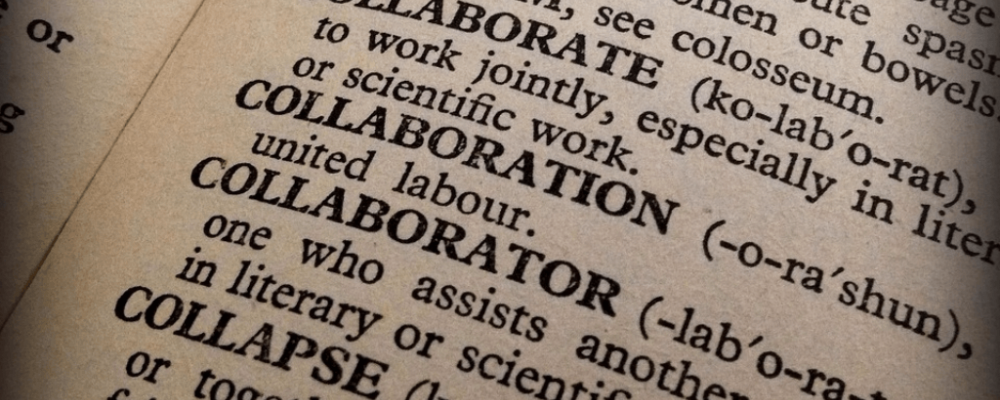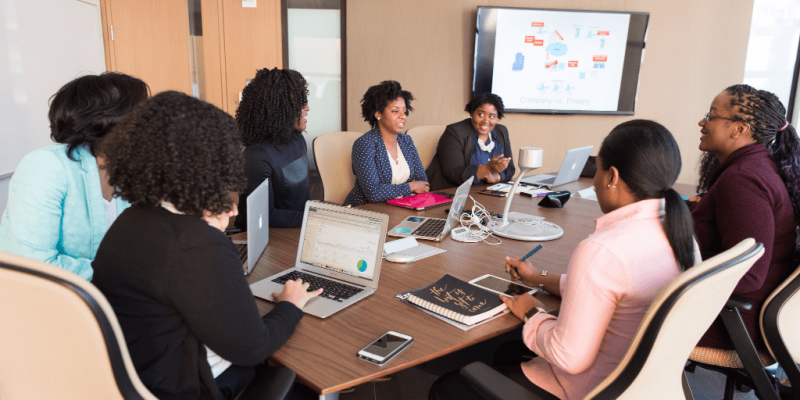
Collaborative Projects in the Design Industry
The design industry is driven by opinions and preferences of customers with different personalities, styles and attitudes. As a designer and business owner, this calls for constant creativity, which means I often have to step out of my comfort zone to come up with innovative ideas. Collaborative projects are an incredibly valuable tool to make this happen - two heads are better than one, after all. Here are some tips on how you can successfully collaboratively work with someone and to avoid the common, disastrous pitfalls.
#Innovation in creativity happens at its best with #collaboration

Bruno Selles of Vasava, the Barcelona-based studio describes collaborations as “getting involved in work that forces you to think and act differently.” In a collaboration, many creative minds with mutually exclusive skills come together to work on a project. The result is usually better than what each of them could have come up with on their own.
Bossa's “Put on a Smile” movie project campaign is an example of how effective collaborations can help complex projects. This company collaborated with ad agency Ogilvy and video production outfit Psyop to distribute printed T-shirts among hundreds of Coke fans around the world. They then collected pictures of fans wearing these T-shirts and created a stop-motion animation which they used in the ad. You can imagine the amount of work, co-ordination and planning for such a complicated creative project. Good collaboration was the only reason it was successful.
Benefits of collaborations
The Desktop Publishing Project by design studio Popular is another excellent example of a collaborative project done right. Creative director, Peter Chadwick accomplished this project with the support of as many as nine collaborators. More details of this project are available here. Chadwick believes collaboration is about creativity beyond ones own. When you collaborate with a new person, you gain exposure to ideas and viewpoints you may never have considered.

When a collaboration is done right, skills that other creatives bring to the project add to the strength and scope of the venture. Here, cross-functional teams with different expertise work together to solve design challenges. Since diverse groups participate in collaborative sessions, there is greater likelihood of coming up with innovative, yet practical solutions to the design challenge. As the saying goes, two heads are better than one!
Although all this sounds exciting, it isn't easy to facilitate an effective collaborative project. Every aspect from whom to involve, the method to follow and length of meetings must be planned well. Here are some tips on how to structure a good collaborative project.
Tips on how to structure a good #collaborative project and achieve #effective #design solutions

How to plan an effective collaboration
A project management approach is essential for a successful collaborative project. There is an excellent guide for designers on the Designing Collaboration website on this subject, outlining a step-by-step approach. The design process is modelled along the lines of the Double diamond model, where every design project runs through four stages: Discover, define, develop and deliver.
For every project, the goals vary at each stage. Hence, the approach to the project, style of the collaboration and its governance at each stage should be planned accordingly. You will find a series of questions on the Designing Collaboration website that will help you determine the ideal structure and hierarchy for each stage of your project.
One of the crucial things about planning a collaborative project is deciding the extent of involvement of the various people in it. This guide will also help you decide whom to involve at each stage, their level of involvement and expected contribution.
#Discover, #define, #develop and #deliver = successful #projectmanagement

What to do and what to avoid in a collaborative project
The challenges of a collaborative project design team are often greater than those posed by a committee-led project. In a collaborative design, experts with different skill sets will be involved. It is normal for members from business, marketing and development to come together and collaborate in the same project.
You should remember that each of these experts have their own idea of the direction a project should take. As the facilitator, you should communicate the challenge and goal, and direct the team's focus to achieve it. Unless you designate roles and boundaries right at the beginning, your group sessions may be derailed by group dynamics and politics.

Before you begin meetings, chalk out clear roles for each person and when they should participate in discussions. Key stake-holders will have a bigger and longer role in the project. Subject experts, however, are needed only when their opinions will add value to the project. Involve the product developers at every stage, as they can comment on how feasible a suggested idea is. Also work with the sales team as they know what the customer inside-out.
With people from diverse fields, with varying experience and personalities, it is crucial to balance power and communication styles. Establish ground rules that promote respect and healthy communication at every meeting. At each interactive session, introduce the challenge as a targeted problem with specific objectives to focus on. To avoid confusion, tell participants exactly what you want to get out of each session.
You will be able to handle the group dynamics better if you treat each meeting as a discussion. Use follow-up questions to analyse whether ideas are in alignment with the project's direction, and more importantly to retain control. Finally, while you seek multiple ideas from different sources, always remember that you are the final decision maker and are responsible for driving the design.
For all the latest news and announcements and make sure you sign up for our newsletters!
And please do share our article (you can use our very handy tweet buttons throughout).
